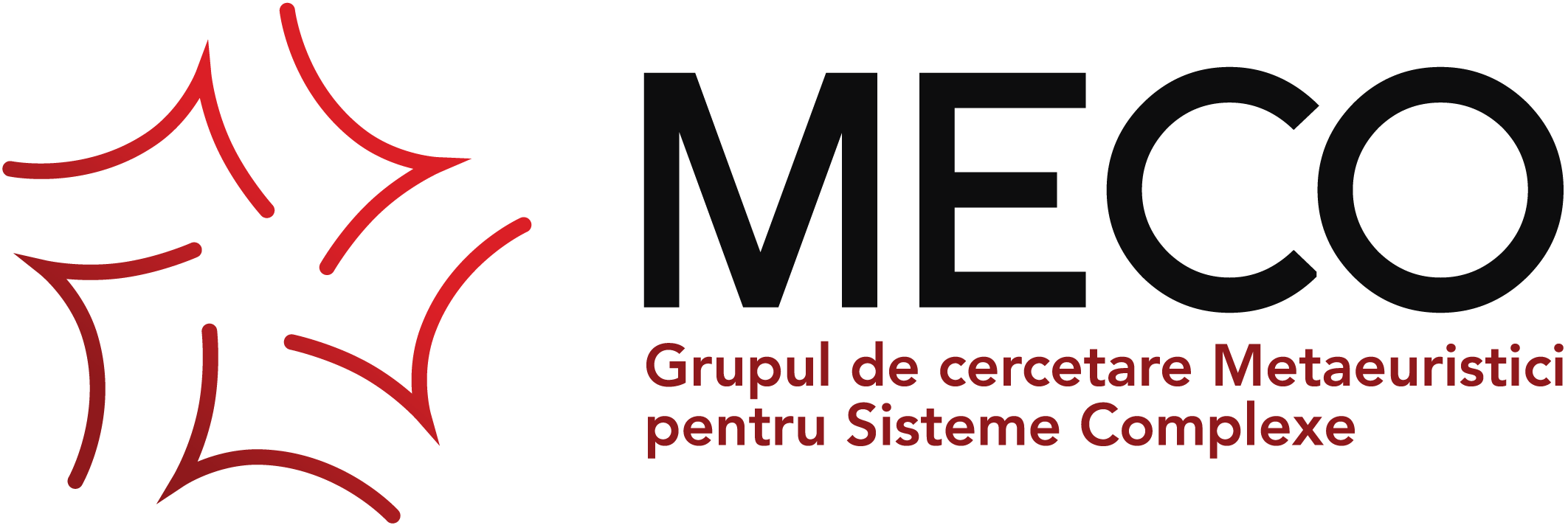Abstract
The exploitation of the important features exhibited by the complex systems found in the surrounding natural and artificial space will improve computational model performance. Therefore, the purpose of the current paper is to use cellular automata as a tool simulating complexity, able to bring forth an interesting global behaviour based only on simple, local interactions. We show that, in the context of image segmentation, a butterfly effect arises when we perturb the neighbourhood system of a cellular automaton. Specifically, we enhance a classical GrowCut cellular automaton with chaotic features, which are also able to improve its performance (e.g., a Dice coefficient of 71% in case of 2D images). This enhanced GrowCut flavor (referred to as Band-Based GrowCut) uses an extended, stochastic neighbourhood, in which randomly-selected remote neighbours reinforce the standard local ones. We demonstrate the presence of the butterfly effect and an increase in segmentation performance by numerical experiments performed on synthetic and natural images. Thus, our results suggest that, by having small changes in the initial conditions of the performed task, we can induce major changes in the final outcome of the segmentation.
Citare
Mărginean R., Andreica A., Dioșan L., Balint Z., Butterfly Effect in Chaotic Image Segmentation, Entropy, 22(9), 1028
